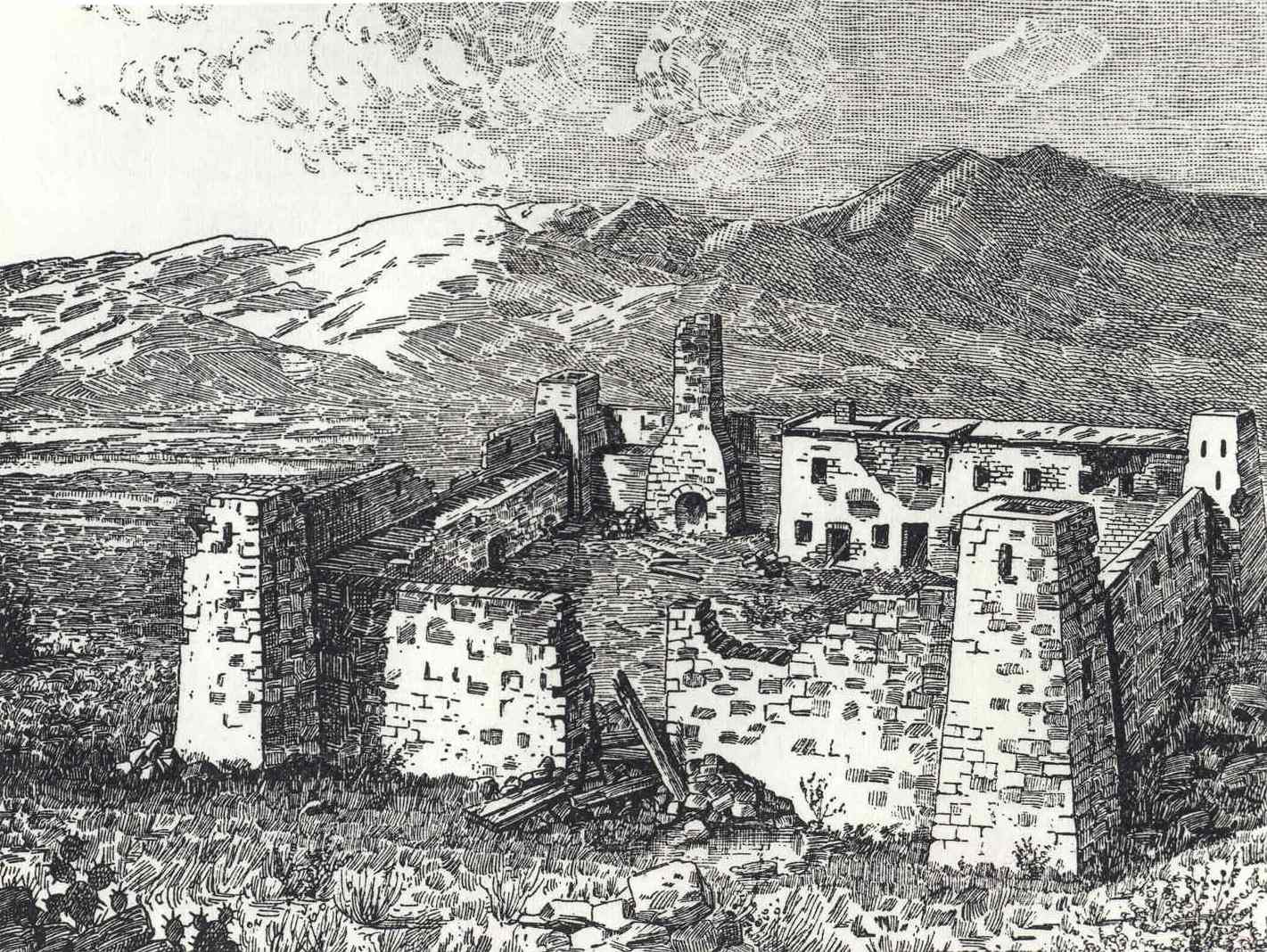


Old Las Vegas Mormon Fort, the first permanent, non-native settlement in the Las Vegas Valley, features the historic remains of an adobe fort built by Mormon missionaries along a spring-fed creek in 1855. The creek, the only free-flowing water for miles around, provided irrigation for fields and orchards and the 150 square foot outpost served as a way station for travelers. Today the park is located in what is now Downtown Las Vegas. In addition to the fort, which contains a multitude of historic artifacts, a Visitor Center contains exhibits and photos that illustrate the history of the site.
willhiteweb.com
Old Las Vegas Mormon Fort State Park
The Spaniards called the place las vegas, which is Spanish for the meadows. By the 1830s the meadows of Las Vegas had become an important stop on the Old Spanish Trail, the notoriously treacherous route broken in by yearly mule caravans that traded between two far flung outposts on Mexico's northern frontier: Santa Fe and Los Angeles. The Las Vegas springs and creek, which flowed along the southern boundary of the modern site, proved to be a very welcome amenity for the traders, mountain men and horse thieves passing through on the trail.
The Mexican-American War, as well as the Mormon settlement of Salt Lake City in 1847, caused a reorientation of the Old Spanish Trail's eastern terminus from Santa Fe to Salt Lake City. Mormon travelers began passing through the meadows of Las Vegas almost immediately after settling northern Utah due to the need to procure supplies from southern California. With the sudden increase in freight and emigrant traffic on this trail, and the need for security on this vital trade route, the settlement of Las Vegas became a practical step for the expanding Mormon state. In June of 1855 thirty Mormon settlers led by President William Bringhurst arrived at the meadows and with the assistance of the local Paiute population began construction of a fort structure along the creek.
The fort was made of adobe bricks and, when completed, consisted of four walls 150 feet long, two bastions and a row of two-story interior buildings. Parts of the original eastern wall and the southeast bastion remain preserved on the site today. The settlers diverted water from the creek to irrigate farmland and constructed an adobe corral directly north of the fort. However, crop failures, disappointing yields in nearby lead mining efforts and dissension among the group's leaders caused the settlers to abandon the fort in March of 1857.
While the Mormon settlement of Las Vegas proved unsuccessful, their legacy continued in the adobe buildings they constructed. In 1861 the fort was used as a store for travelers by Albert Knapp, and in 1865 Octavius Decatur Gass acquired the site of the fort to be used as a ranch. Gass became an important figure in the region, serving four annual terms in the Arizona Territorial Legislature and selling food and supplies to the miners at El Dorado Canyon and the Mormon settlers of St. Thomas. Gass lost the ranch in 1881 after failing to repay a loan to rancher Archibald Stewart. Stewart moved his children and wife, Helen, from Pioche to Las Vegas in 1883.
The ranch was sold to the railroad in 1902. Archibald Stewart's time spent running the ranch was cut short in 1884, when he was killed in a gunfight at the nearby Kiel Ranch, leaving his wife in charge of the property. Helen Stewart successfully ran the ranch for nearly two decades until she sold the ranch and the land that would become downtown Las Vegas to the San Pedro, Los Angeles & Salt Lake Railroad in 1902. When the railroad tracks came through downtown Las Vegas in 1905, a new era in the city's history was born. Helen Stewart's importance in the region's history, as well as her continued involvement in the affairs of the young community, earned her the sobriquet "The First Lady of Las Vegas."
The operation of the ranch was continued for a time under the railroad company. From 1929 to 1931 the site played a part in the construction of Hoover Dam when the Bureau of Reclamation leased the adobe building and used it as a concrete testing laboratory. For a time the remaining fort buildings served as residences for several families until being acquired by the Las Vegas Elks, who operated a restaurant on the site. Efforts to preserve the site, headed by the Daughters of Utah Pioneers, proved successful when the City of Las Vegas purchased the property in 1971. The Nevada Division of State Parks acquired the site from the City in 1991 and developed the grounds to include a partial reconstruction of the fort, a modern visitor center and a re-creation of the Las Vegas Creek. The Old Las Vegas Mormon Fort State Historic park remains committed to preserving and sharing the birthplace of Las Vegas with visitors now and into the future.
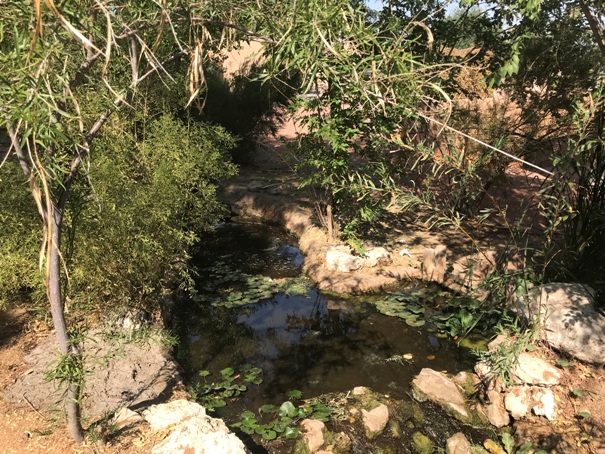
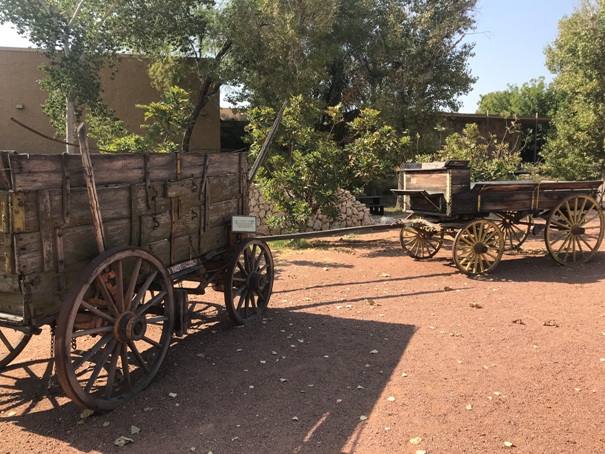
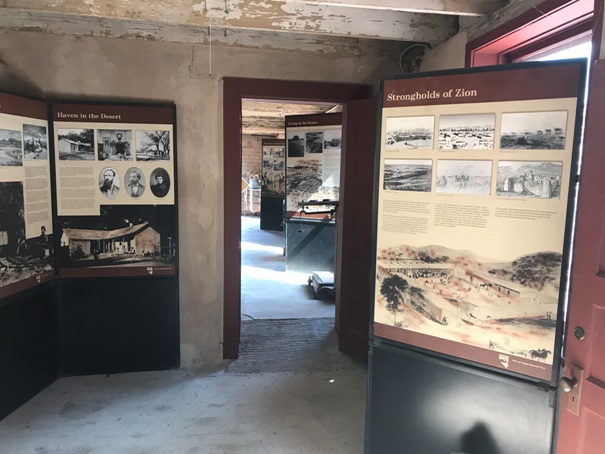
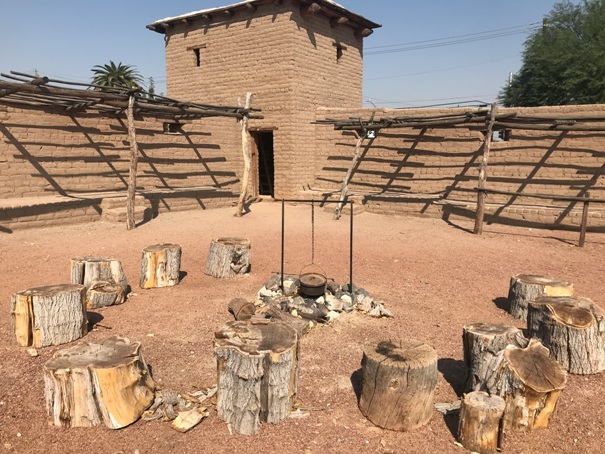
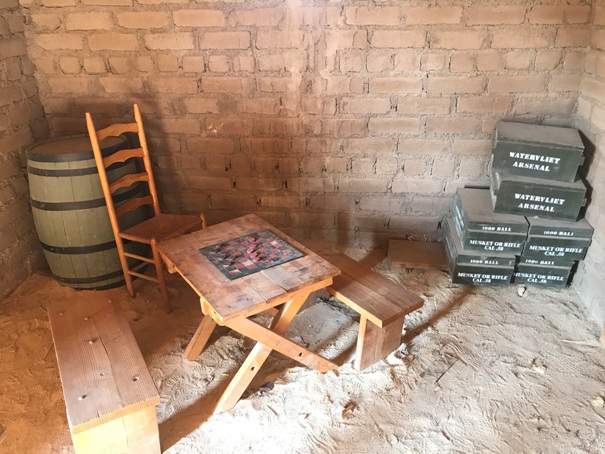
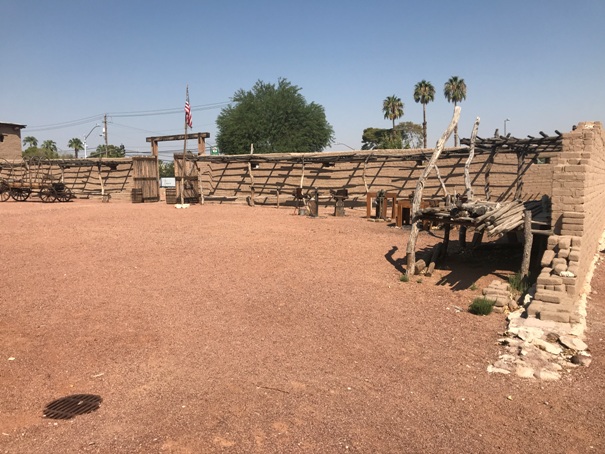
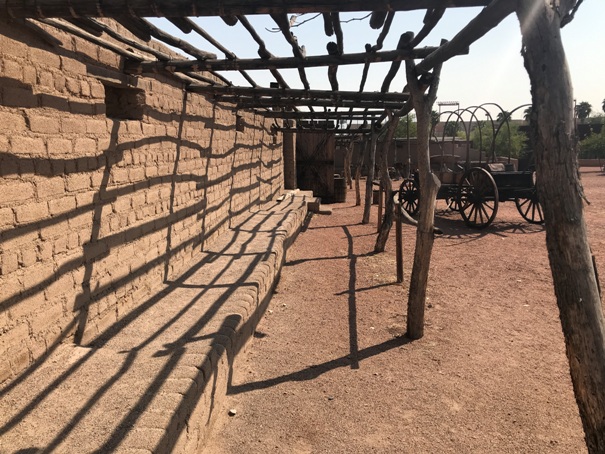
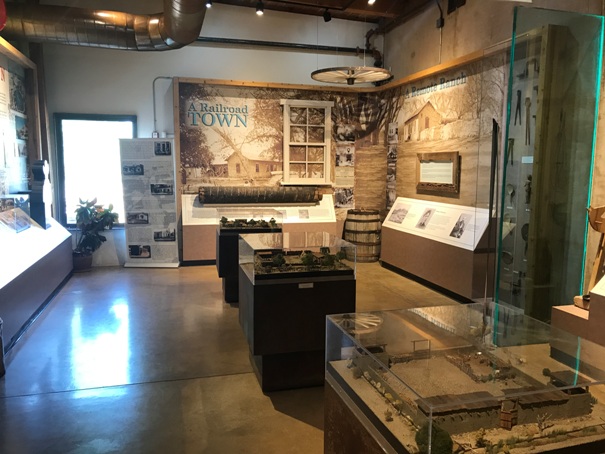
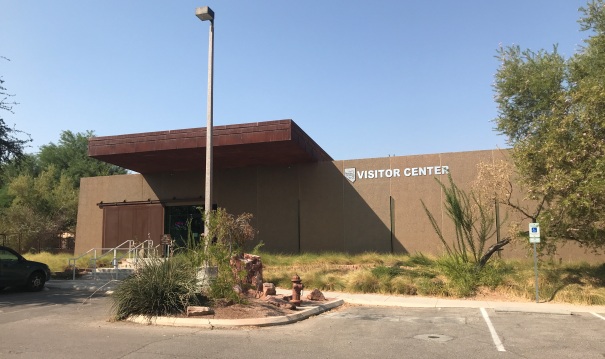
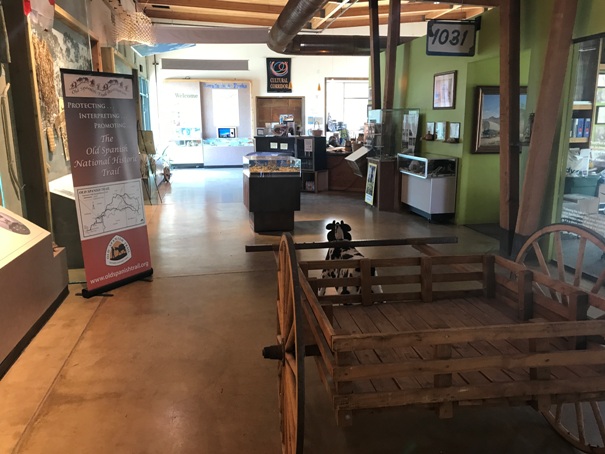
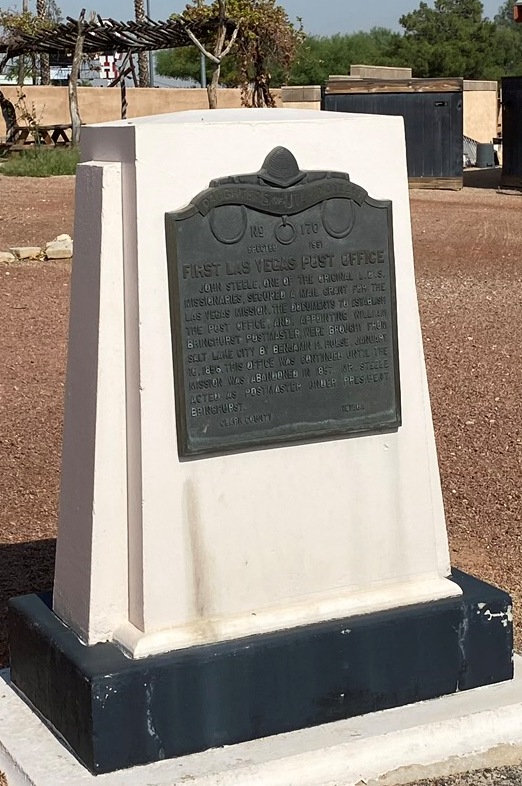
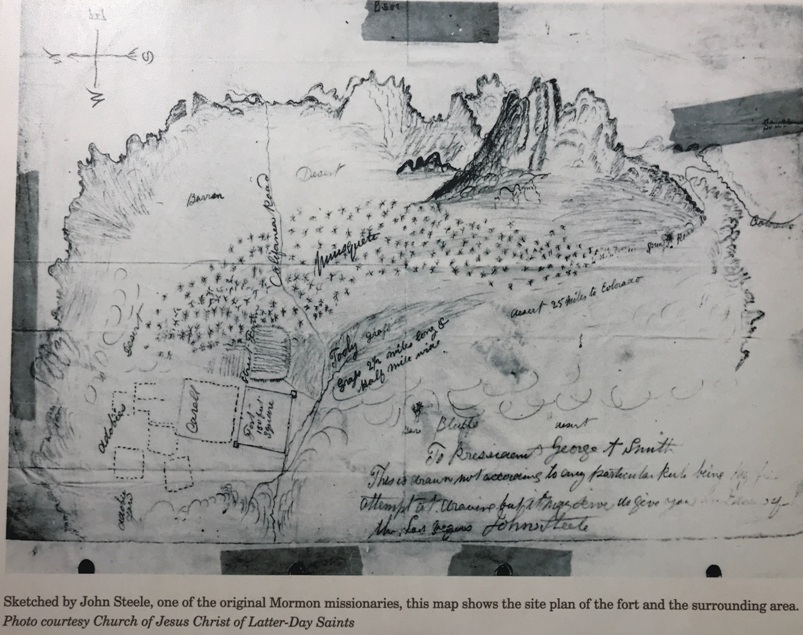
Old Fort illustration by Thaddeus Kenderdine in 1858
Las Vegas springs and creek
State Park visitors center
Inside the visitors center














